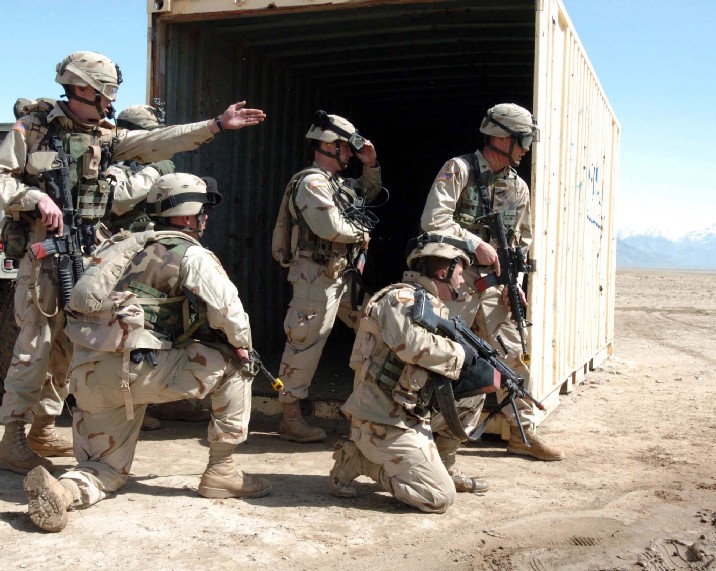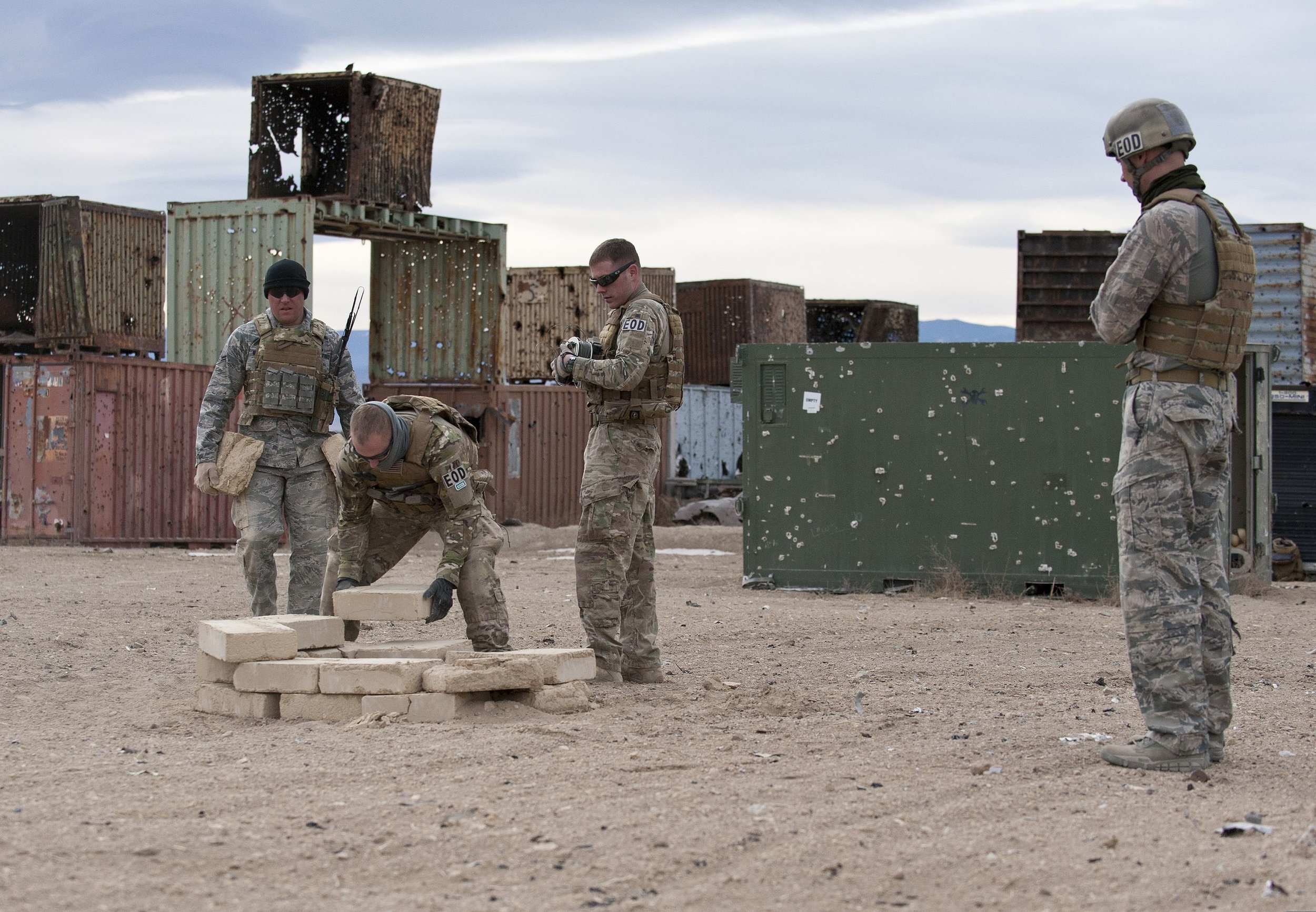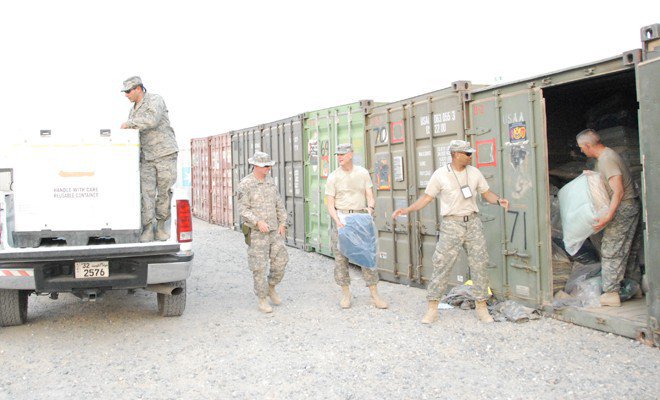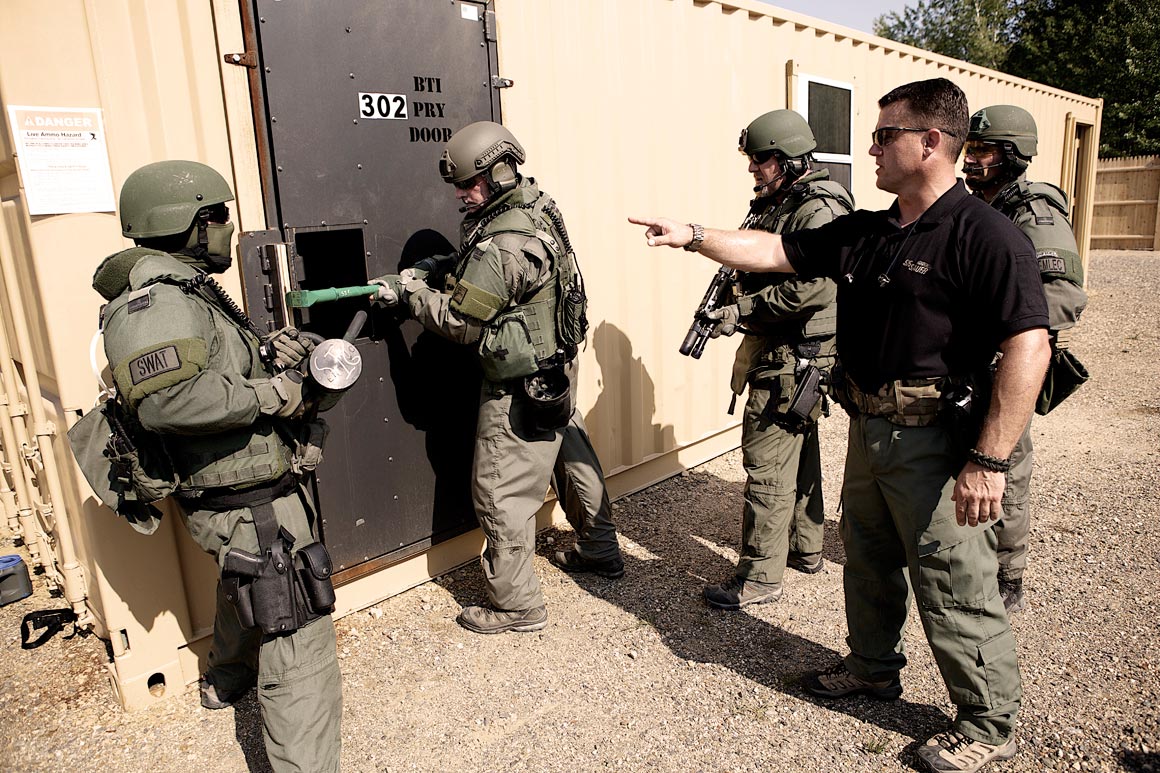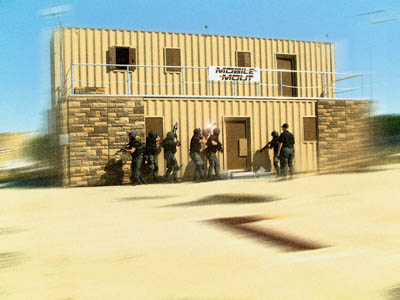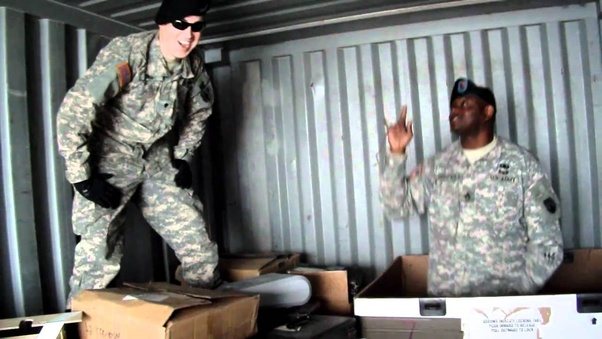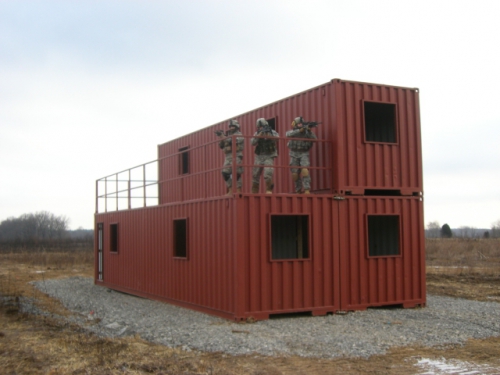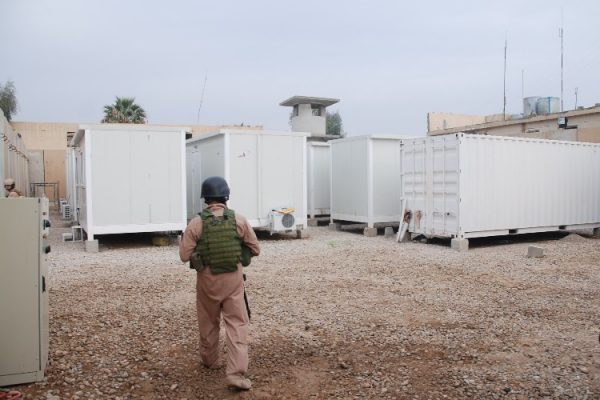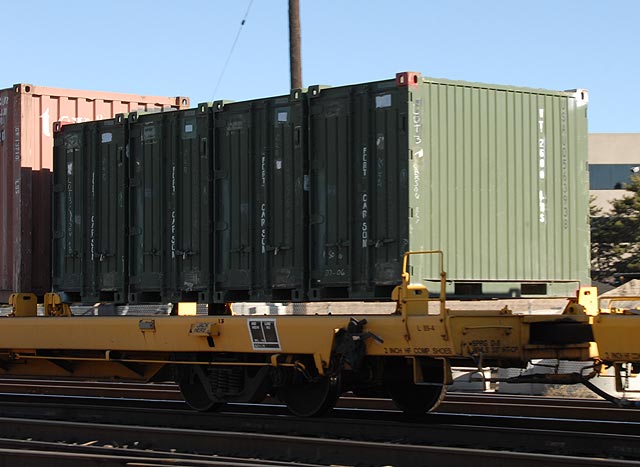Container-Express or "CONEX" history
Strife Spurs Creativity
After the Stock Market Crash of 1929, the railways took a significant hit. The economic collapse also caused a breakdown of much of the transportation systems. Companies in the U. S. and Europe responded by further developing containerization to revitalize the railways.
Through World War II and the Korean War, containerization became a military focus since every country involved needed large amounts of goods shipped as quickly as possible. During this time, the U.S. Army began using specialized containers to speed up the loading and unloading processes. During the Korean War in 1952, steel containers were used for added security. They developed the “CONEX” system, a shortening of “container express”.
Modern Shipping
In 1952, a trucking company owner named Malcom McLean (pictured above) worked with engineer Keith Tantlinger to develop the modern intermodal container. Intermodal containers are ones that can easily be transported between modes of transportation such as trains to ships to trucks. The box they designed was 8 ft by 8 ft by 10 ft of corrugated steel with a twistlock mechanism at each of the four top corners to facilitate movement with cranes. This team patented the first modern standardized reusable shipping container. Since that time the US Military has containerized many aspects of combat & logistical operations in the field.
The global shipping industry quickly adopted this method of transportation. This development played a role in the modern globalization that occurred during the post-war boom in international trade. The efficiency and reliability of shipping drastically increased as the cost and labor requirements of transporting goods fell.
Today, similar stainless steel containers are used for numerous tasks. We continue to ship them via truck, train, and ship. We use them to move items between businesses, homes, stores, and other types of temporary and permanent structures. Storage container leasing arose in the 1970s, and quickly dominated the temporary storage market. Give is us a call and let us know how Dallas Conex can help you!





